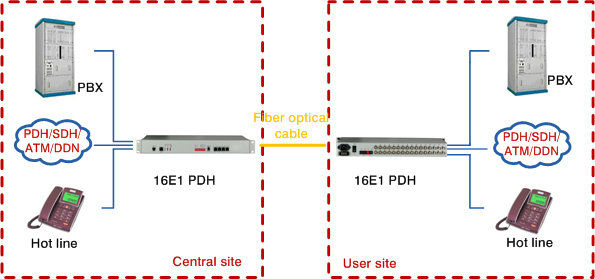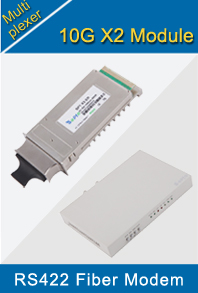-

- Sopto Home
-

- Special Topic
-

- Multiplexer Knowledge
-

- Optical Multiplexer and EDFA Advantages
Multiplexer Knowledge
- Why is Multiplexing Needed in Data Communication Systems?
- What is Concept of Multiplexing in Telephone System?
- What is Digital TV Frequency?
- Outlook of the WDM Networks
- DWDM Technical Overview
- CWDM Technical Overview
- How to Activate Cable Modems?
- How to Install a Fiber Optic Modem?
- How do I Choose a Best Fiber Modem?
SOPTO Special Topic
Certificate



Guarantee
Except products belongs to Bargain Shop section, all products are warranted by SOPTO only to purchasers for resale or for use in business or original equipment manufacturer, against defects in workmanship or materials under normal use (consumables, normal tear and wear excluded) for one year after date of purchase from SOPTO, unless otherwise stated...
Return Policies
Defective products will be accepted for exchange, at our discretion, within 14 days from receipt. Buyer might be requested to return the defective products to SOPTO for verification or authorized service location, as SOPTO designated, shipping costs prepaid. .....
Applications
Multiplexers can be used to connect PBX, Hot line and other devices of network from central site to user site through fiber optical cable.
SOPTO Products
- Fiber Optic Transceiver Module
- High Speed Cable
- Fiber Optical Cable
- Fiber Optical Patch Cords
- Splitter CWDM DWDM
- PON Solution
- FTTH Box ODF Closure
- PCI-E Network Card
- Network Cables
- Fiber Optical Adapter
- Fiber Optical Attenuator
- Fiber Media Converter
- PDH Multiplexers
- Protocol Converter
- Digital Video Multiplexer
- Fiber Optical Tools
- Compatible
Related Products
Performance Feature
High integration desig
Low power consumption
Good EMC, EMI
Stable and Reliable
Multiplexer Knowledge
Recommended


Optical Multiplexer and EDFA Advantages
An optical multiplexer combines all the received wavelengths of the L band (1,530 to 1,565 nm) and C band (1,570 to 1,620 nm), into one wavelength-multiplexed light signal. Today's systems achieve wavelength separations of 0.4 nm or less, which allows about 160 potentially usable wavelengths. The L- and C-band ranges are determined by the OLA, which is able to amplify incoming light signals from the L and C bands only. Amplifiers for the 1,300-nm window are still under development.
An EDFA contains a pump laser, working at 980 or 1,480 nm, which raises electrons to a higher energy level. If light is received with wavelengths within the L or C band, those electrons fall into a lower-energy band after emitting photons with the wavelength of the incoming light. The resulting light-domain amplification is independent of the bit rate.

A disadvantage of EDFAs is that some electrons at the higher energy level generate uncorrelated optical noise by falling into the lower-energy band spontaneously. Because DWDM links usually contain a chain of OLAs, this optical noise is amplified in the following EDFAs, and the resulting noise accumulation lowers the receiver's signal-to-noise ratio compared with that of systems without OLAs. What's more, this optical noise is asymmetric, because it affects logic "high" levels more than "low" levels.
Depending on the distance between optical mux and demux, several EDFAs can be cascaded with a typical span of about 100 km. That technique allows optical transmission links of several hundred kilometers without the need for an electronic signal regeneration. At the receiver side, an optical demultiplexer converts the incoming wavelength-multiplexed signal into the corresponding individual wavelengths launched at the transmitter side. This demultiplexing function includes very narrow optical filters, for which smaller wavelength separations require greater design effort.
Apart from these basic system elements, a DWDM system may include other functions such as an optical booster after the optical mux, dispersion compensation, or an optical preamplifier in front of the optical demux, with the aim of improving system performance and extending the link length.
For more info, please browse our website.



